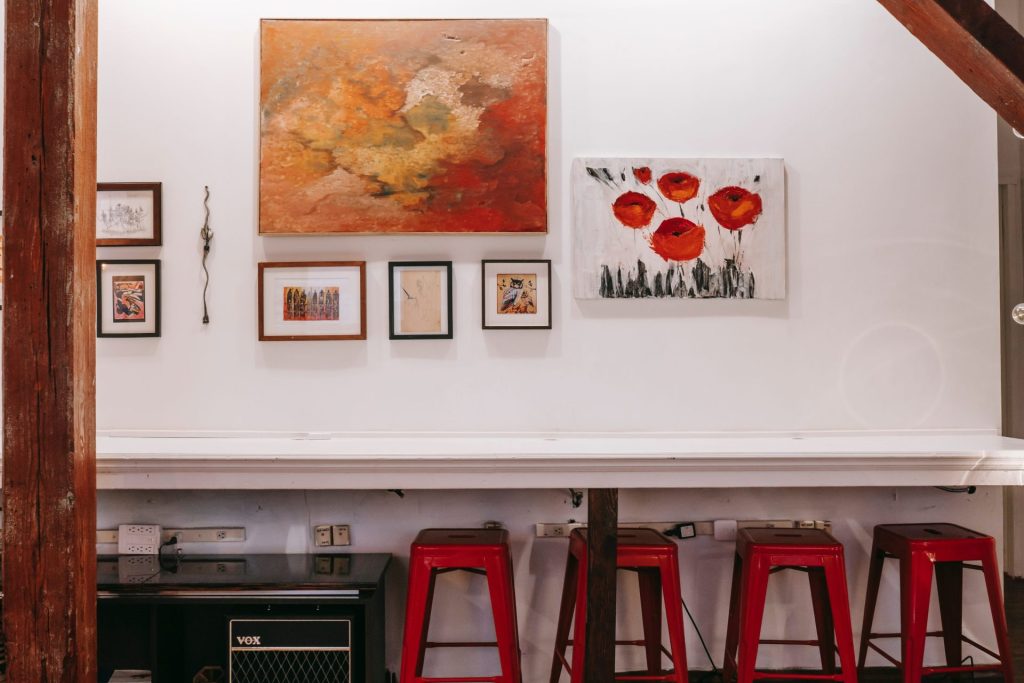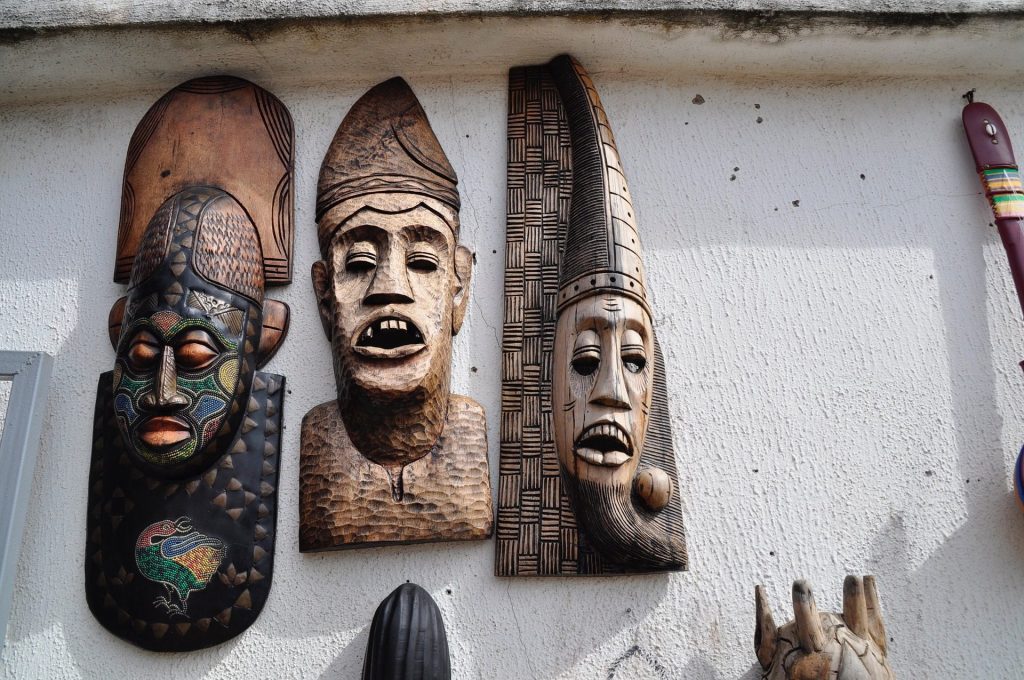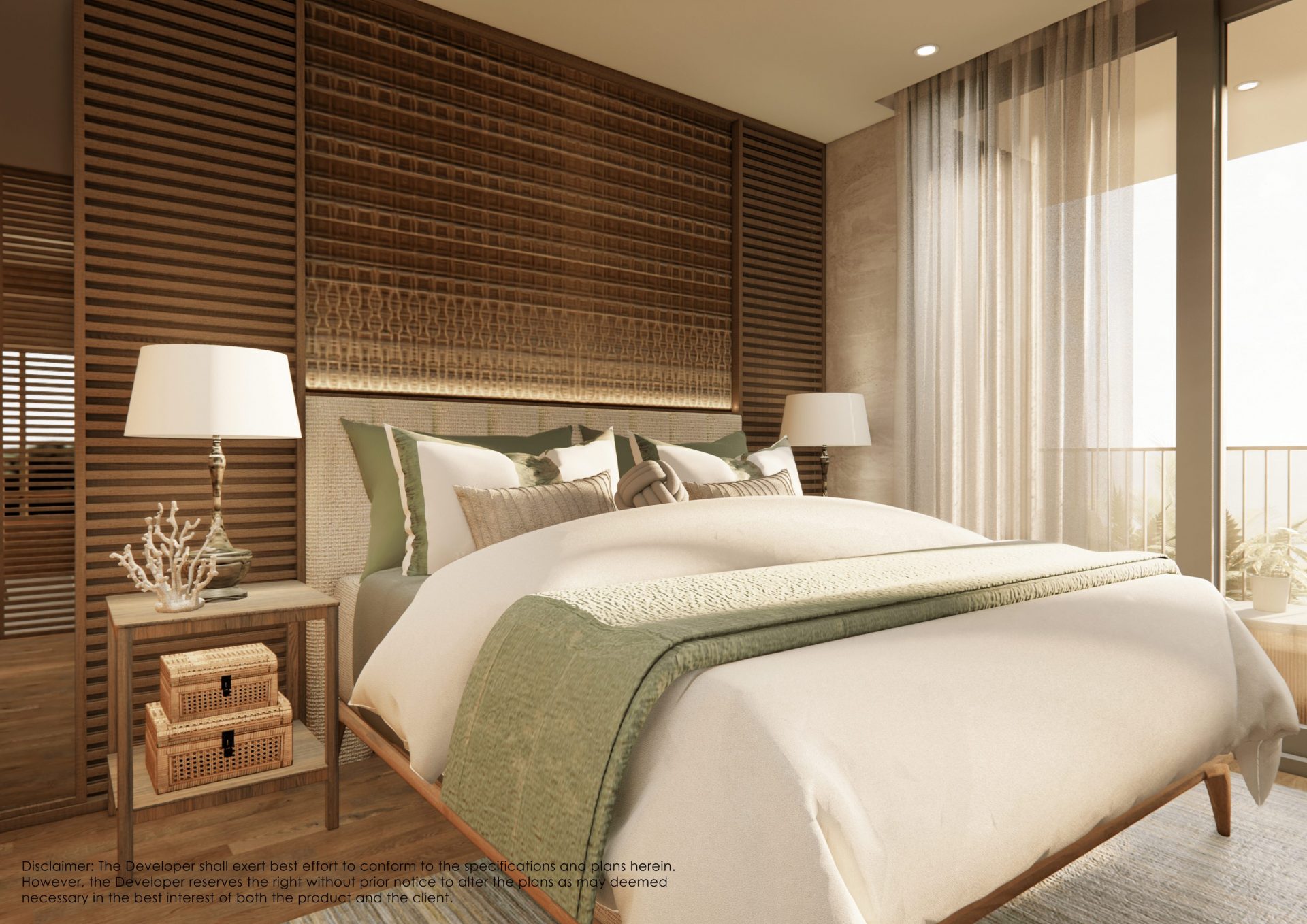BLOGS
Cultural Interior Design: Showcasing Your Culture in Your Home
“Culture plays an important role in interior design, as it shapes our understanding of beauty, functionality, and the meaning of space.”
Having a place to call home is both a blessing and a necessity.
You can’t find that same feeling of safety, stability, and community anywhere else. The comforts of the home allow us to relax, be ourselves, and bond with our loved ones. It’s a haven where we can find refuge and peace from the troubles and pressures of the outside world.
Moreover, our homes can be an extension of ourselves, where we can show visitors our unique styles and values. Having a place to call home is wonderful because it helps us feel like we have a place in the world and a reason to be who we are.
And speaking of expressing ourselves through interior design, have you heard that it is also appropriate for our homes to reflect our personality and values, a place where we can express ourselves through art, decoration, and design?
What is culture in interior design?
The term “culture in interior design” describes the impact of cultural norms and values on the design at home. Our cultural backgrounds inform our ideas of what constitutes beauty and functionality in the built environment, which can have far-reaching effects on interior design.
Cultural influences can be seen in various aspects of interior design, including color schemes, patterns, materials, and furnishings.

For example, in many Asian cultures, red is considered auspicious and symbolizes good luck and prosperity. In African cultures, bright colors and bold patterns are often used to reflect the vibrancy of the natural environment and the importance of community and family.
Cultural influences can also be seen in how spaces are organized and used. For example, in many Middle Eastern cultures, the family is the center of social life, and interior spaces are designed to accommodate large groups of people for meals and gatherings. In Scandinavian cultures, on the other hand, simplicity and minimalism are valued, and interior spaces are often designed to promote a sense of calm and relaxation.
Cultural Interior Design: Let Your Home Interior Reflect Your Culture – The Architects Diary
Expressing yourself through interior design is a great way to personalize your living space and create a home that reflects your personality, style, and interests. Here are some ways to express yourself through interior design:
1. Choose a color scheme: Colors can have a significant impact on mood and emotions. Choosing a color scheme that resonates with you and reflects your personality can be a great way to express yourself through interior design. Whether you prefer bold and bright colors or soft and muted tones, the colors you choose can set the tone for your space.
2. Incorporate artwork and decor: Pieces of art and home furnishings can help you make a statement about who you are and what you value. Original works of art, photographs, and other decorative items can all be used to create an atmosphere unique to you and your tastes.
3. Use patterns and textures: Make use of a variety of patterns and textures to inject lifvariouse and character into a room. Whether you’re drawn to bright and bold patterns or more muted and understated textures, it’s possible to make a room feel truly your own through your design decisions.
4. Display Collections: If you have a collection of items that you are particularly fond of, you may want to showcase them in your home. You can share a bit about who you are and what you value through the books, pottery, and antiques you display.
5. Personalize your furniture: Changing the look of your furniture is a great way to show off your unique sense of style. Your personal style can be reflected in a one-of-a-kind furniture piece you make by doing something as simple as painting a dresser a bright color or as involved as reupholstering a chair with a one-of-a-kind fabric.
Symbols of Faith: Many cultures’ religious traditions run deep into their historic fabric. Consider adding religious artifacts to your home decor. You can show respect for your faith through a symbol, statue, or work of art, regardless of whether your faith is organized or not.
It could be a Buddha statue, a cross, a painting depicting a religious scene, or even an artifact from a significant religious site. Tapestries, framed artwork, and stenciled images of religious symbols are all suitable wall hangings, while a small tabletop accent piece can also make a statement.

Cultural Appropriation in Interior Design
Cultural appropriation refers to the act of taking elements from one culture and using them without proper understanding or respect for their meaning and significance. This can include traditional clothing, hairstyles, music, art, symbols, or other cultural elements.
It’s often criticized because it can dilute the uniqueness of the group doing the appropriating, normalize harmful stereotypes about them, and make light of significant cultural traditions. It can also result in monetary exploitation and a lack of respect for the original culture’s intellectual property.
Cultural appropriation in interior design occurs when a designer or homeowner borrows or takes elements from another culture without proper respect, acknowledgment, or understanding of its meaning. Here are some types of cultural appropriation in interior design:
Using sacred or religious symbols to create a decorative item is the most common cultural appropriation in interior design. For example, using a Buddha statue as a decorative item without any understanding of the Buddhist religion.
When a designer or homeowner uses cultural elements in a way that is not authentic, they risk misrepresenting or stereotyping that culture. Not realizing the cultural significance of Native American headdresses before hanging them on the wall, for instance.
Using traditional textiles or designs without understanding their origin or meaning. Using traditional textiles or designs without understanding their cultural significance can be an issue of cultural appropriation. For example, using a traditional African print as wallpaper without any knowledge of its history.
One form of cultural appropriation is the use of traditional arts and crafts from another culture without giving proper credit or payment to the artisans involved.
Without appreciating their cultural significance, businesses can be guilty of “commercializing” cultural designs when they steal them and mass produces them for profit. Selling “tribal” or “ethnic” goods without acknowledging or learning about the original culture is one example.
In our context in the Philippines, Davao City is well-known for its unique and varied customs and rituals. It is home to various indigenous groups, including the Bagobo, Mandaya, and Mansaka. These groups have preserved their cultural practices, such as weaving, woodcarving, and beadwork. They also have their dialects, music, and dances.
Incorporating Davao’s culture and tradition to design, especially if you plan to invest in a luxury condominium in Davao, can be a great way to celebrate and honor the city’s rich heritage.
If you need to bring Dava’s rich natural resources, using their locally sourced materials, such as bamboo, wood, and woven textiles can help bring a touch of Davao’s culture into your home. Moreover, indigenous textiles such as the T’boli T’nalak, Bagobo Abaca weaves, and Mandaya Inabal weaves are highly valued in Davao. Consider incorporating these textiles into your desired condominium in Davao through upholstery, pillows, or wall hangings.

Handicrafts such as woven baskets, pottery, and wood carvings are a staple of Davao’s culture. These items can be used as decorative elements or functional pieces such as trays or bowls.
Davao is home to exotic flora such as the Vanda sanderiana orchid and the waling-waling orchid. Consider incorporating these plants or their colors into the home’s color scheme or using them as inspiration for patterns or prints.
Moreover, traditional music and dance elements such as gongs, drums, and costumes can be incorporated into the home design as wall decor or conversation pieces.
Suggested read: Celebrating your culture through interior design
Overall, culture plays an important role in interior design, as it shapes our understanding of beauty, functionality, and the meaning of space. By incorporating cultural influences into interior design, designers can create spaces that reflect the unique traditions, beliefs, and practices of different cultures and resonate with people on a deeper, more meaningful level.
Suggested Read: Real Estate Agents Understanding The Affluent Market
Suggested Read: Top Interior Design Trends For Luxury Condo Living
Suggested Read: Top Recreational Places To Visit In The South
Suggested Read: Use Of Mirrors: Incoporated In Interior Design
Suggested Read: Baguio: UNESCO Creative City















